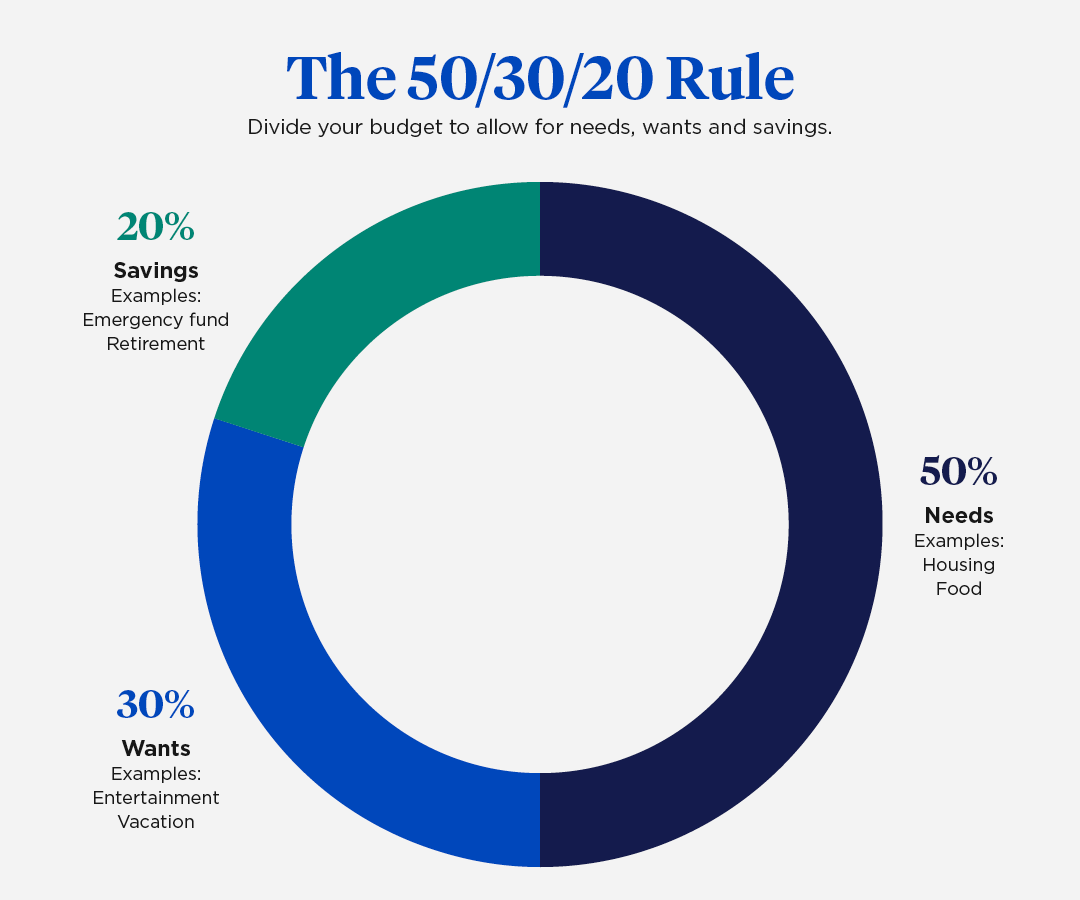Additional tips to get the most from your budget:
- Use apps and tools in your financial accounts to set and reach goals
- Try to only make purchases that you have money available to cover
- If you use credit cards, pay them off each month to avoid interest charges
- Focus on eliminating debt to save money long-term and make room in your future budget
Take the next step
As part of your savings, consider contributing more to your retirement account. Even small increases can make a big difference. They may not affect your paycheck as much as you think. Use our Paycheck Impact Calculator to see how contributions may impact your take-home pay.
